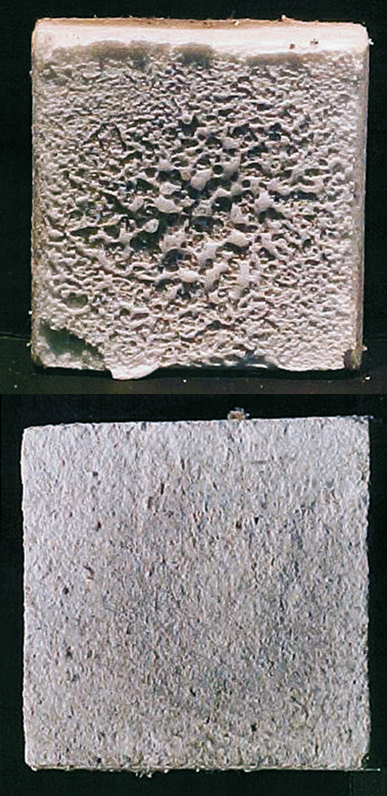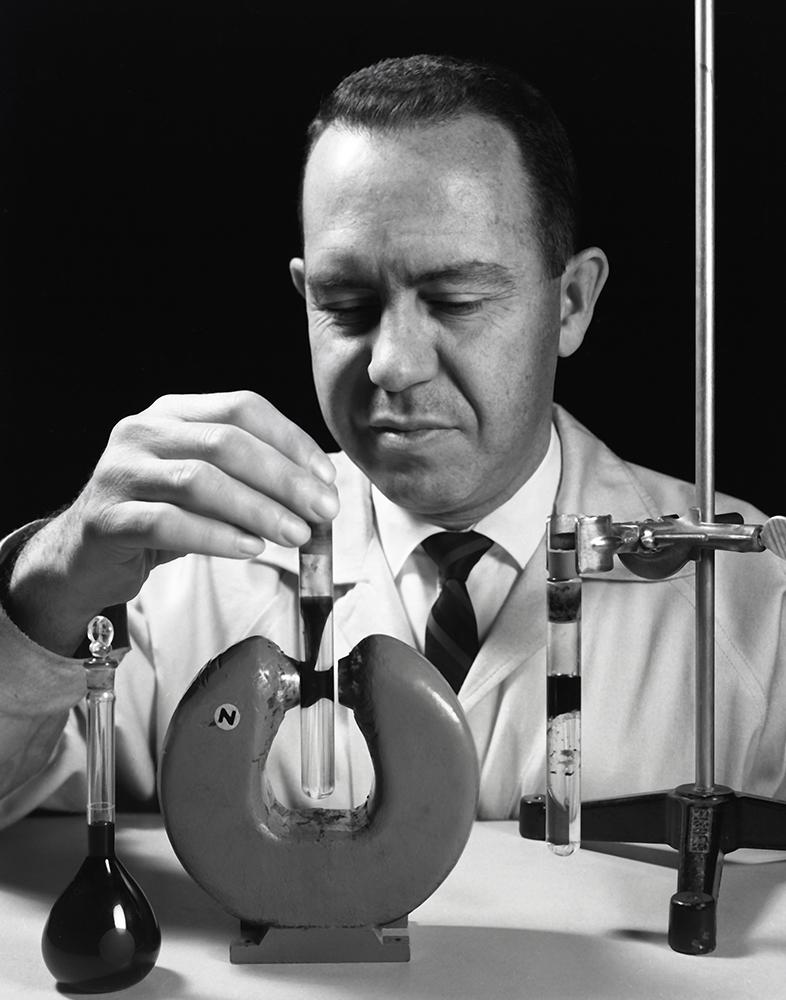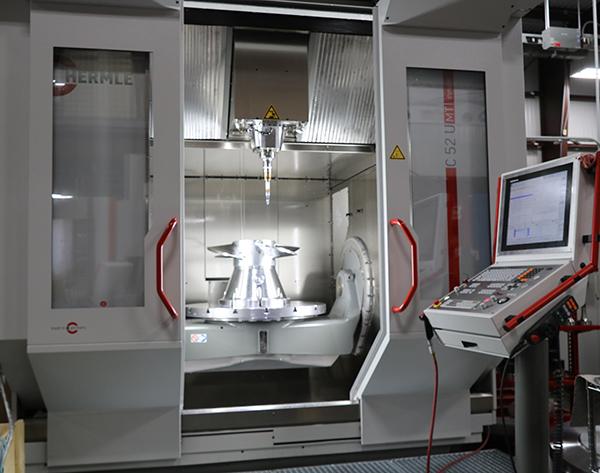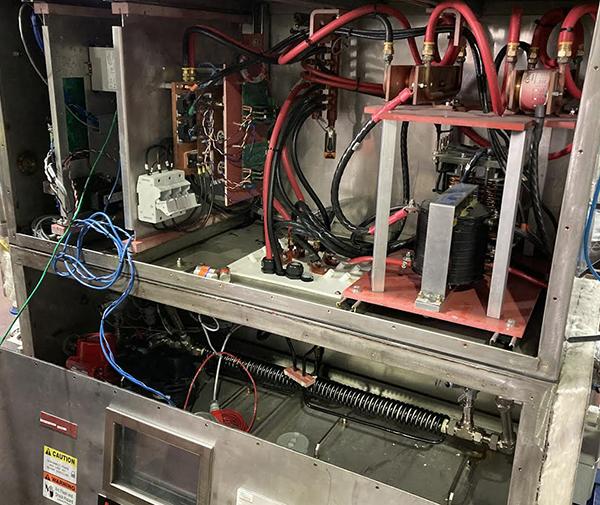Paper-Thin Coating Offers Maximum Protection
Can you imagine a coating that with a paper-thin layer, protects your property from structural fire damage from the ground up? Wessex Incorporated has recently taken a technology that was originally developed for NASA as a protective coating for ceramic materials used in heatshields for space vehicles, and modified it for use in applications such as building materials, machinery, and transportation. The technology was developed at NASA Ames Research Center as a protective coating for flexible ceramic composites (PCC). Wessex, of Blacksburg, Virginia, obtained a license for the PCC and is proceeding to further develop it for numerous applications. Wessex describes this innovative technology as, a significant advancement in thermal protection for the aerospace industry.
The NASA-developed material is environmentally safe, water-based, and contains no solvents. Many other flame-retardant materials contain petroleum-based components, which can produce toxic smoke under flame. The ceramic components of PCC do not produce any type of toxic fumes during exposure to elevated temperatures.
An emissivity agent is attributed to PCC's remarkable thermal properties. Emissivity is the relative power of a surface to emit heat by radiation. This principle, along with PCC's non-combustible material makeup, is what increases the temperature capability of underlying insulation from high temperatures. Because the emissivity of the PCC helps radiate thermal energy at the surface, it reduces heat transfer to the underlying material. The coating essentially reduces the likelihood of the underlying material becoming so hot that it combusts and thus inhibits the flashover phenomenon from occurring.
Wessex versions of PCC can be used to shield ceramics, wood, plasterboard, steel, plastics, fiberglass, and other materials from catastrophic fires. They are extraordinarily tough and exhibit excellent resistance to thermal shock, vibration, abrasion, and mechanical damage. One thin layer of coating provides necessary protection and allows for flexibility while avoiding excessive weight disadvantages.
Wessex sold the PCC product to Danser, Inc., of Parkersburg, West Virginia, a producer of ceramic-lined commercial ductwork. Sales have also been made to Encapsulation Technologies, a manufacturer who is applying PCC to venetian blinds to make them more fire-resistant. Potentially, the PCC material can be used in the home, in the garage area, where many volatile chemicals are often stored, in the kitchen to prevent cooking and appliance fires, as a lining to prevent chimney fires, and also as a firewall between the garage and the house. PCC applications could be beneficial in automobiles, trucks, boats, aircraft, storage facilities, and high-rise facilities, as well.
Wessex has developed several other coatings for substrates such as woods and metals, and is currently working with a plastic manufacturer to use PCC on fiberglass doors. Currently, fiberglass doors are extremely flammable and produce noxious smoke in the event of a fire. Fiberglass doors treated with PCC could be a low-cost, lightweight alternative to the expensive, heavy steel fire doors currently available in today's market.

Two silicon-dioxide-based ceramic tiles were tested using an oxy-acetylene torch (hot enough to cut metals). The untreated tile on the top melted and turned to glass beads within 30 seconds. Under the same conditions, the tile on the bottom with Wessex's PCC coating, was tested for 2 minutes and showed little damage.













